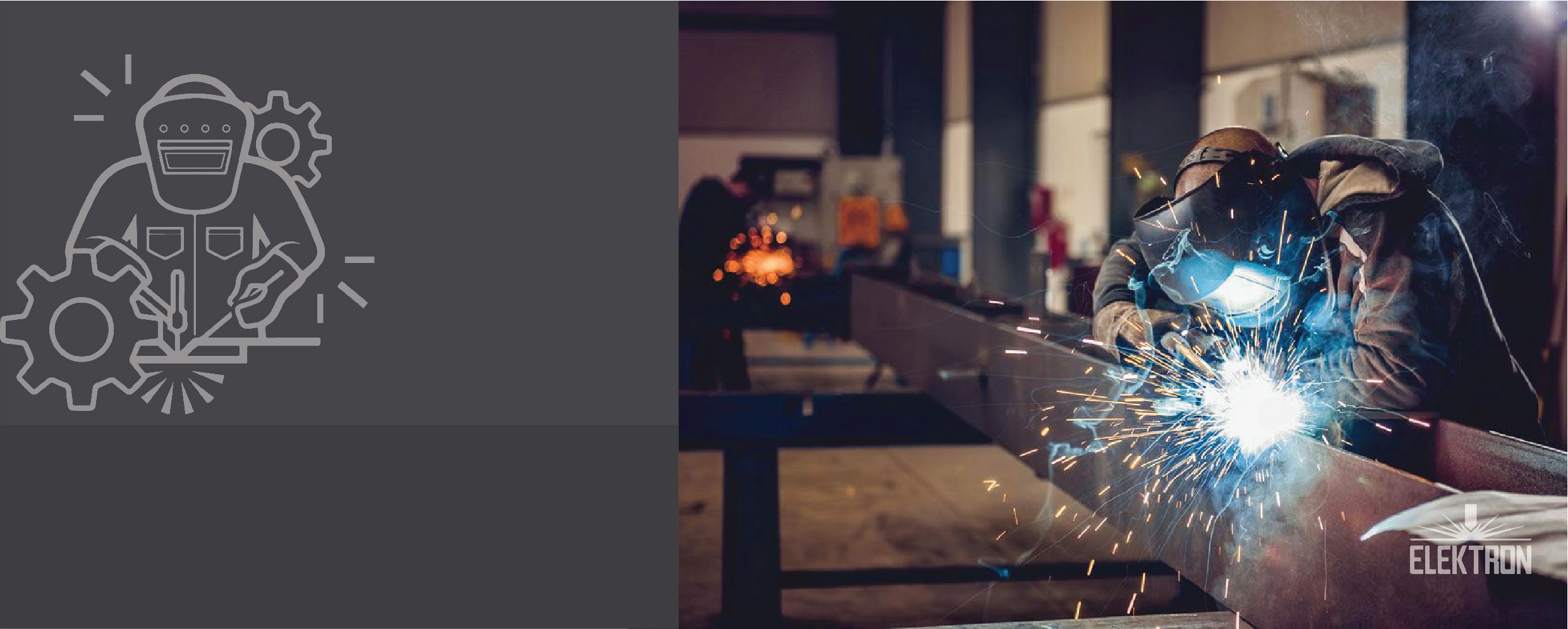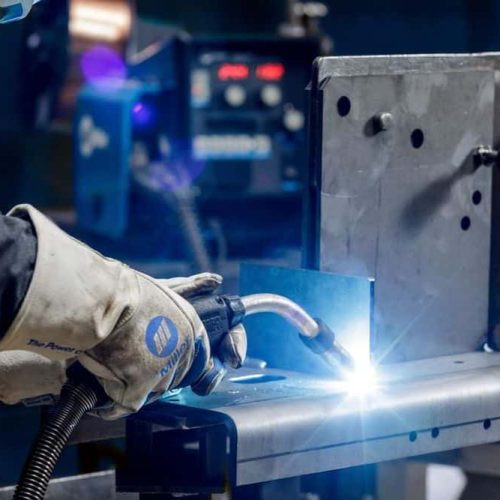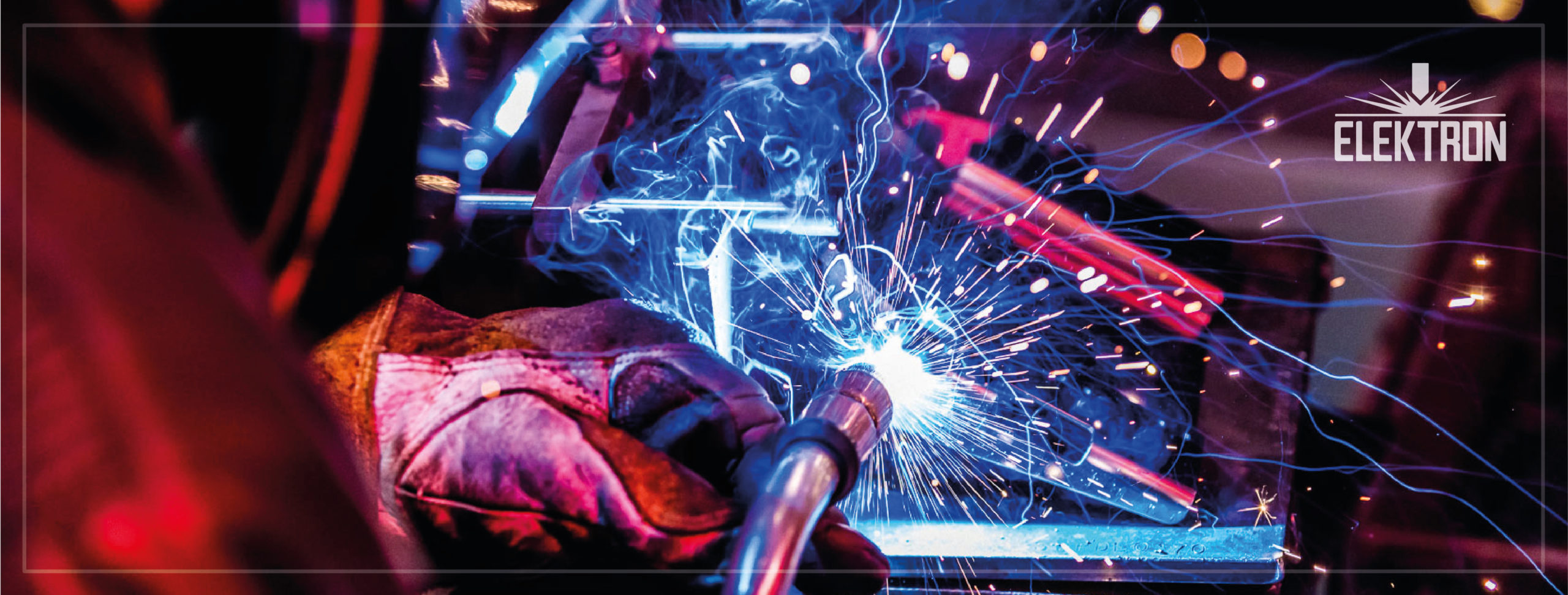
Welding is the process of joining together two elements that can be made of the same or different materials. The joint is heated to the appropriate temperature so that the edges of the individual two elements to be joined melt. Most often, a binder is also added to the joint area, which facilitates the entire process. The heat generates electricity that flows from the welding power source. But what does the MIG/MAG welding process look like?
What is MIG / MAG welding?
After professional welding, you do not notice the slightest errors and irregularities in the place of joining two elements made of the same or different raw materials. A MIG or MAG weld of structures is a process in which a heat source is produced; it is an electric arc. This arc occurs between the consumable electrode (the wire that is fed all the time) and the material that is being welded. The liquid metal and the electric arc are protected by a suitable shielding gas—either chemically inert or chemically active.

What is MIG and MAG?
MIG (Metal Inert Gas) is a process of joining materials by welding that uses a shielding gas that is a chemically inert gas—usually helium or argon.
MIG welding allows the welding of aluminium, copper, and magnesium, as well as alloys of these non-ferrous metals and their mixtures.
MAG (Metal Active Gas) is a type of combustion in which a chemically active gas, usually CO2 (carbon dioxide), is used as a shielding gas instead of a chemically inert gas.
MAG welding enables the welding of stainless steel, and alloy structures (low-alloy and high-alloy), as well as unalloyed.
Therefore, in MIG/MAG welding, when joining elements made of the same or other raw materials, both chemically active gases and chemically inert gases are used, which are mixed in appropriate proportions.
What is MIG Welding?
Welding Migomat is a type of MIG welding in which a semi-automatic welding machine is used, thanks to which individual parts of a given material are joined together. This device emits a certain amount of shielding gas. It is also responsible for feeding the wire into the weld pool, which occurs at a precisely selected speed. The process is therefore a bit different from the traditional MIG method. By using a semi-automatic machine, you can better control the welding process due to the adjustable parameters available (the speed at which the equipment feeds the wire, voltage and current, as well as frequency and length).
What does the MIG/MAG welding process look like?
In MIG/MAG welding, an electric arc is ignited when the appropriate button on the welding torch is pressed. This action causes the electricity to flow to the wire, and the wire fuses with the part that is being welded. How quickly the wire slides out depends on individual arrangements. Self-regulation of the wire feed speed, on the other hand, ensures that the length of the electric arc does not change approximately during the entire welding process.
When joining elements, the welding holder moves along the entire length of the weld. During this movement of the holder, the principle of laying joints with specific indexes is observed, as well as the geometric standards and the arrangement of the holder about the joined fragments. The quality of this welding method depends primarily on:
- A welder’s skills
- Wire cleanliness
- The shielding gas used
- Materials that are welded

Why is it worth welding with the MIG / MAG method?
Welding the structure with the MIG/MAG method makes it possible to freely adjust many parameters, thanks to which the process is constantly monitored. In this way, it is possible to obtain a good effect that does not differ from the initial assumptions. Individual parameters that are set individually for each welding process include:
- The speed at which the wire is fed during welding
- Welding with pulsed current,
- Selecting the right wire in terms of diameter and type for the material to be welded
- Stepwise or smooth regulation of the voltage and intensity of the electric arc.
MIG/MAG welding provides much better quality and stability because a chemically active gas can be combined with chemically inert gas, unlike the method in which only carbon dioxide shielding gas is used. The MIG/MAG method is universal because it allows you to weld any metal, not only aluminium, copper, stainless steel, or magnesium.
